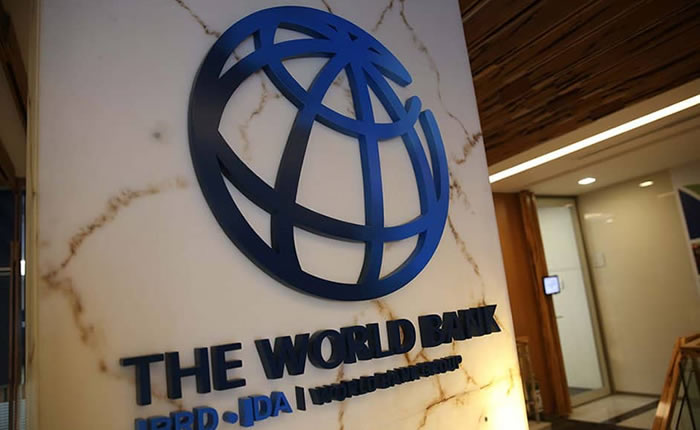A recently released World Bank report highlights that over the past 40 years, Nigeria and other developing countries collectively spent a staggering $441 billion on debt servicing. Infostride News, through its access to the International Debt Report for 2023, revealed that Nigeria emerged as the top recipient of fresh loans from the World Bank in 2022, securing $2.9 billion, while Tanzania closely followed with $2.7 billion in new financing during the same period.
The debt situation in Nigeria is further underscored by the Debt Management Office’s external debt stock report, which discloses that as of June 30, 2023, Nigeria’s outstanding debt to the World Bank stood at $14.51 billion. This revelation emphasizes the substantial financial commitments that Nigeria has undertaken, raising concerns about the nation’s fiscal health.
The World Bank’s statement accompanying the report serves as a warning, drawing attention to the increasing risk of debt crises for the world’s poorest countries, driven by the surge in global interest rates. The institution notes that amid the most significant rise in global interest rates in four decades, developing countries collectively spent a record $443.5 billion in 2022 to service their external public and publicly guaranteed debt.

The impact of these rising borrowing costs is not limited to financial strain; it also diverts critical resources away from essential sectors such as education, health, and the environment. The World Bank emphasizes that debt-servicing payments, including both principal and interest, witnessed a five percent increase over the previous year for all developing countries. Specifically, the 75 countries eligible to borrow from the World Bank’s International Development Association, aimed at supporting the poorest nations, faced a record $88.9 billion in debt-servicing costs in 2022.
The report outlines a disturbing trend, highlighting that over the past decade, interest payments by these countries have quadrupled, reaching an all-time high of $23.6 billion in 2022. The World Bank anticipates that overall debt-servicing costs for the 24 poorest countries could surge by as much as 39% in 2023 and 2024, amplifying the financial challenges faced by these nations.
Rising interest rates have rendered all developing nations more vulnerable to debt, resulting in more sovereign defaults in the last three years than in the entire preceding two decades. Notably, approximately 60% of low-income nations are currently in or at high risk of entering debt distress, posing a significant threat to their economic stability.
The report underscores the adverse impact of a stronger US dollar on debt-service payments for developing countries, further complicating their financial struggles. The stronger US dollar increases the cost of making payments, exacerbating the challenges faced by these nations. The World Bank warns that under such circumstances, a further rise in interest rates or a sharp drop in export earnings could push these countries to the brink.
In response to the challenging scenario, the World Bank Group’s Chief Economist and Senior Vice President, Indermit Gill, called for quick and coordinated action by debtor governments, private and official creditors, and multilateral financial institutions. Gill emphasized the need for more transparency, better debt sustainability tools, and swifter restructuring arrangements to address the crisis. Failure to take prompt and coordinated action could lead to another lost decade, further jeopardizing the economic well-being of developing nations.
Support InfoStride News' Credible Journalism: Only credible journalism can guarantee a fair, accountable and transparent society, including democracy and government. It involves a lot of efforts and money. We need your support. Click here to Donate
